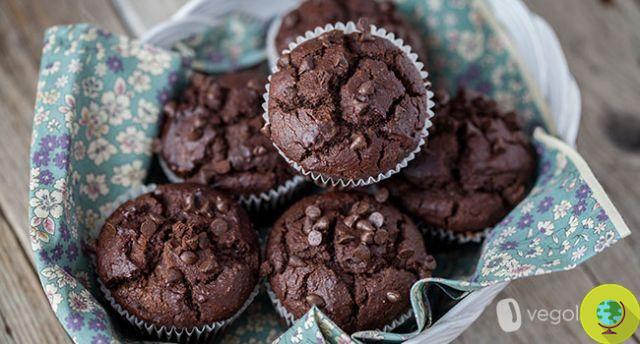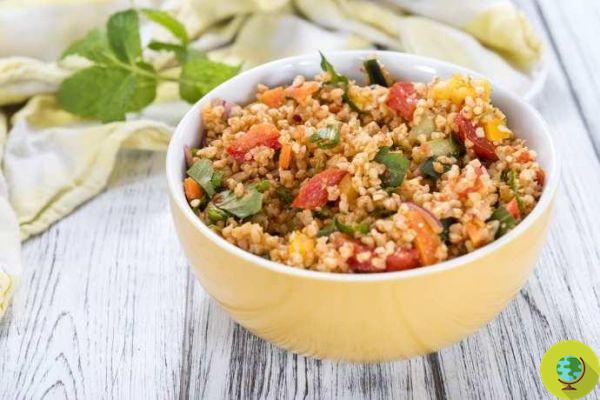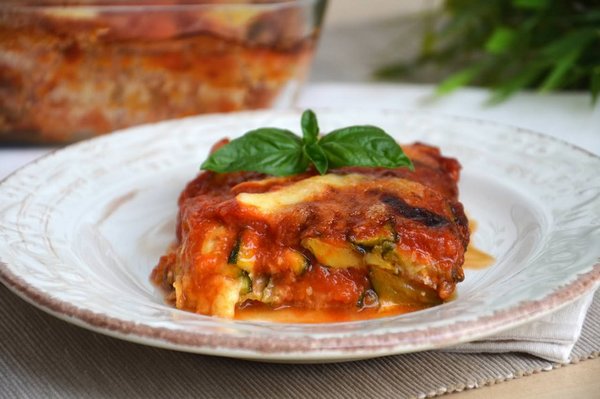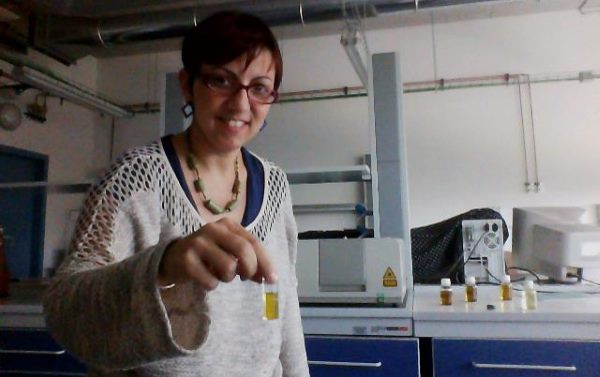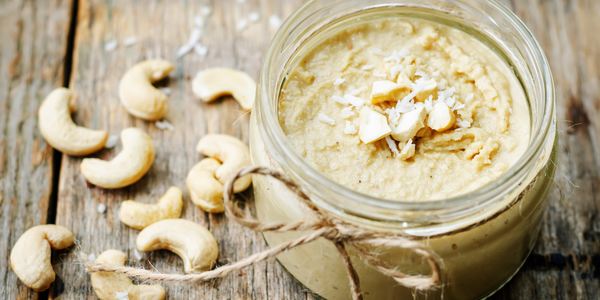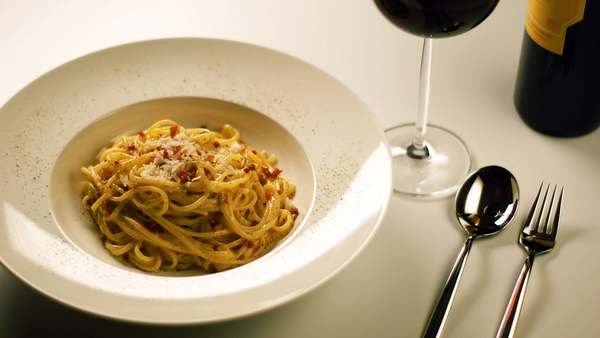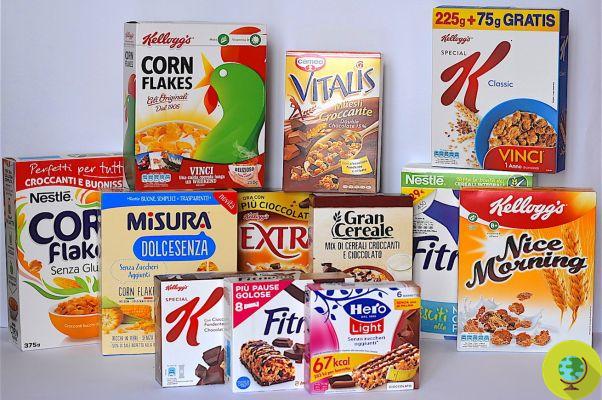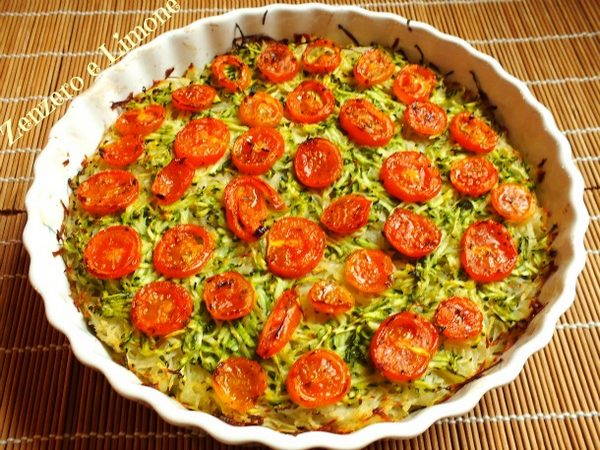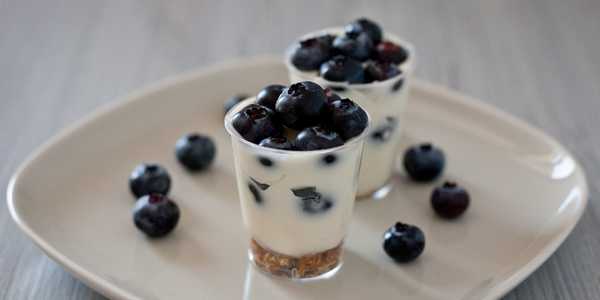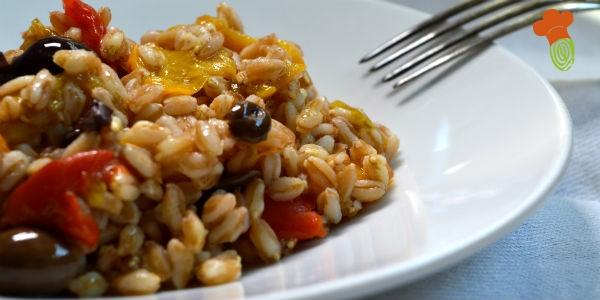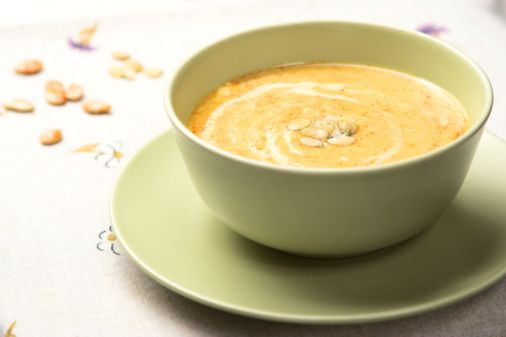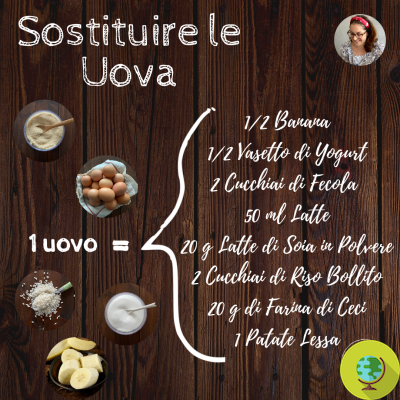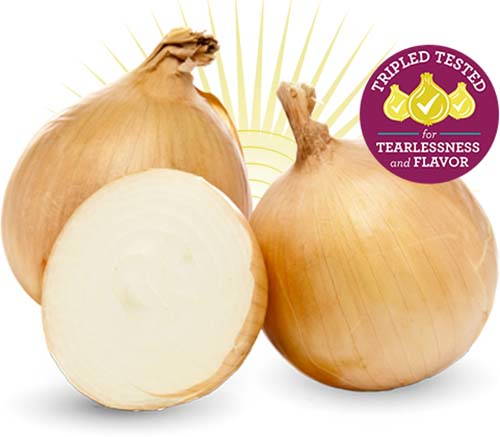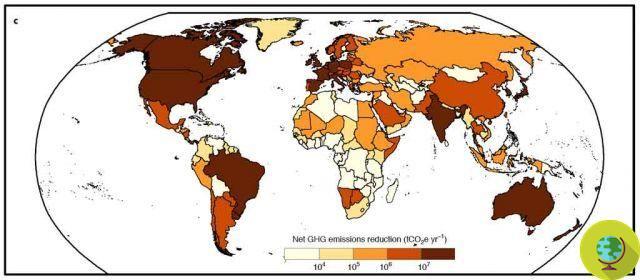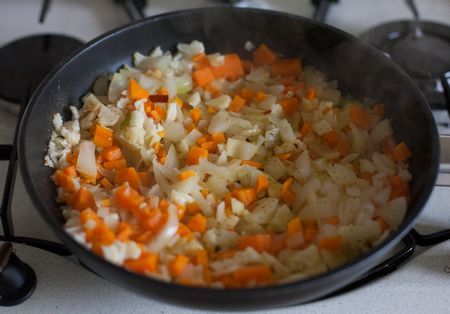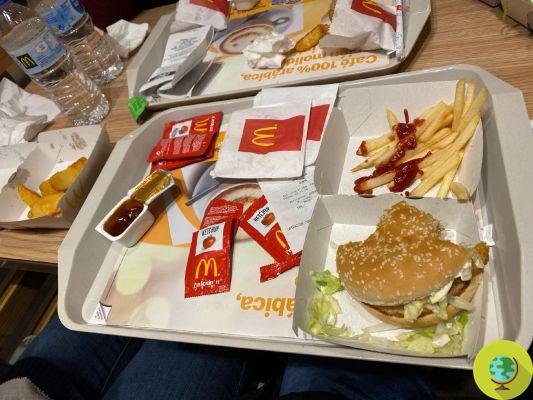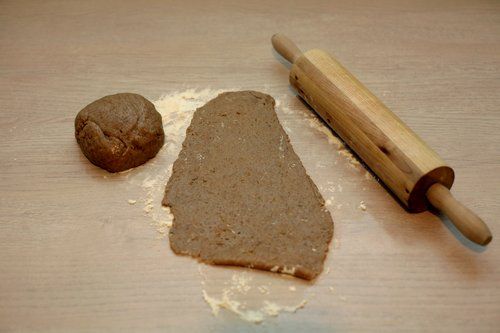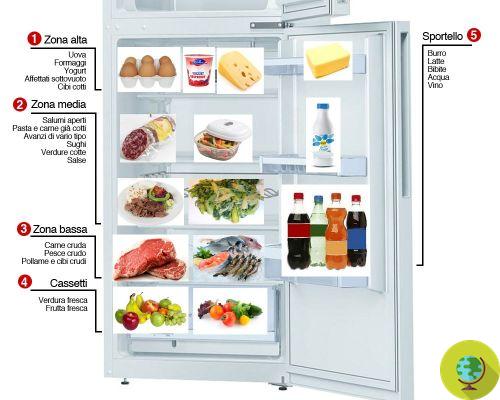
Refrigerator. A useful and convenient tool for storing food and drinks that we usually use and can no longer do without. But do we really know how to use it correctly?
Don't store avocado like this: it's dangerousRefrigerator. A useful and convenient tool for storing food and drinks that we usually use and can no longer do without. But do we really know how to use it correctly?
Often our refrigerators are too full, set to wrong temperatures or even used by inserting foods inside the shelves without criteria or foods that would not need to be refrigerated. Not to mention the fact that sometimes the fridge is inadvertently left open for an unspecified time and this can jeopardize the flavor and healthiness of some foods.
Read also: HOW TO CLEAN AND DEFROST THE REFRIGERATOR
It is undoubtedly important to know the basic rules to best preserve food in the fridge. We asked Serena Pironi, food technologist, to reveal us all secrets of storing food in the refrigerator and to give us some useful tips to avoid the most common mistakes.
What is the right temperature for a refrigerator?
The refrigerator should be set to 4 ° C, and at slightly lower temperatures in summer (2 ° C) to make sure that the most perishable foods are kept.
How can we be sure that the temperature is correct?
Modern upright refrigerators have an external display capable of detecting the temperature. If it is not present, a practical visual check could be to observe the absence of condensation or ice in the internal walls of the refrigerator. Today, however, with a few tens of euros you can buy some portable needle thermometers, which can then also be used to check the food being cooked: placing the instrument and waiting a few minutes, you see the real temperature detected. But be careful where you lead the measurement: the ideal is carry it out in the part closest to the door, where the temperature is hardest to reach.
How does the temperature change inside a refrigerator? Is there a logic with which to arrange some foods rather than others on the shelves?
Today's technologies make it possible to find various solutions on the market, so it is always important to check the use and maintenance manual of your appliance.
Usually the coldest section (4 ° C) is the one above the fruit and vegetable drawer, then the one below; as temperatures rise (up to about 7-8 ° C).
The products with the highest water content, such as meat, fish, eggs, must be placed in the coldest section. In the median departments, other foods with a lower% of water can be stored, such as some types of filled pasta, stuffed products, fresh cheeses and open products to be kept in the refrigerator. On the top shelf, products that tolerate temperatures up to 6-8 ° C can be stored, such as aged cheeses, some types of cured meats and baked goods.
Fruits and vegetables needing moisture, are placed in the special drawer, which has a temperature up to 10 ° C. In the stations inside the door, temperatures vary from 10 ° C-15 ° C, so in this area you can keep the products that need a light refrigeration, such as soft drinks and pasteurized sauces, such as mayonnaise, ketchup, mustard etc.
What are the risks in case of incorrect storage of food in the home fridge?
The risk of not storing food at the right temperature according to the indications on the package labels implies the failure to reach the expiry date indicated on the product: in other words the food expires earlier. At higher temperatures chemical reactions are triggered e microorganisms develop faster. The latter can lead to alterations in color, taste, smell, consistency as well as probable diseases transmitted by food if the charge is too high or certain pathogens have found the ideal conditions for development. But they may also be in development and not involve noticeable changes in smell, color and taste, but still be capable of causing problems. For example, bombings may appear in some packages, a symptom of proliferation of some microorganisms, including anaerobic ones, that is, which develop well in the absence of oxygen, such as clostridia. In the case of fresh fish, the level of the histamine molecule could rise, capable of causing dermal or gastrointestinal reactions beyond certain levels.
What to do if you realize you have left the refrigerator open for a few hours?
If only a couple of hours have passed, it will be necessary check the organoleptic characteristics of the products: I recommend consuming the fresh ones within the day, cooking the very fresh ones if possible, keeping fruit, vegetables and seasoned. However, if many hours have passed, it is necessary to dispose of the very fresh ones, cook the fresh ones if possible and eat the vegetables and seasoned seeds within 24-48 hours. Fruit and seasoned must be eaten soon, but suffer less. Clearly, if it is summer, respecting the times is more important, considering the higher ambient temperatures.
What foods shouldn't be put in the refrigerator?
Chocolate should not be refrigerated, because it spoils its sensory characteristics, e summer fruit and vegetables. The esotic fruit (pineapple, bananas ...), the citrus fruits (could become bitter), i tomatoes, green beans, cucumbers, courgettes, unripe fruit and vegetables do not require low temperatures. For example, potatoes must not be kept below 5 ° C because otherwise the starches present are transformed into sugars, contributing in the subsequent stages of cooking not only to a sweetish taste, but also to the greater probability of the formation of secondary chemicals such as acrylamide. Obviously, all preserves and canned goods such as jams, sauces, milk, etc do not need to be refrigerated; only after opening for maintenance should they be placed in refrigeration conditions. Not even baked goods without fillings, dry pasta, rice, legumes / dried fruit, flour (they would take moisture and be damaged) or salts, sugars, oils, aromatic herbs and dried spices do not need a refrigerator; indeed the bread put in the refrigerator becomes stale faster.
Read also: 10 FOODS YOU DON'T NEED TO KEEP IN THE REFRIGERATOR
Can having an overfilled refrigerator damage the correct storage of food?
A refrigerator crammed with products prevents cold air from passing between foods, invalidating the maintenance of the set temperature. So there is a risk that some products are not well maintained. Furthermore, care must be taken not to put hot food in the refrigerator, because in this way the air would heat up and with it the other foods, as well as involving an effort on the refrigerator motor itself.
I also remember the importance of follow the rule of goods rotation (FI-FO method, i.e. what entered first must be used first), carrying out what expires first, in order to prevent waste and avoid consuming food after the expiry date.
In light of what Dr. Pironi has suggested to us, how many of you properly store food in the refrigerator?





